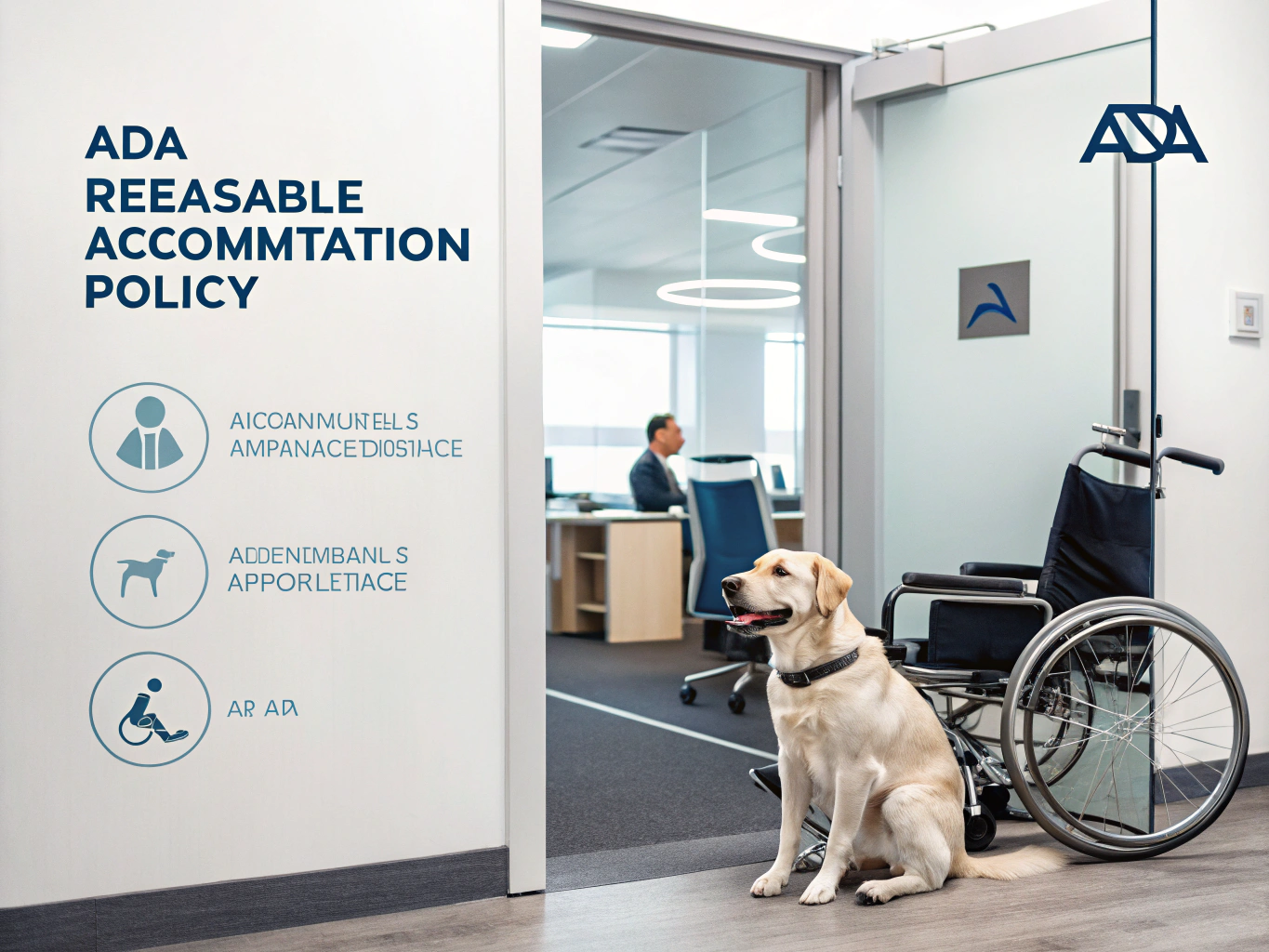Definition
Payroll activities encompass all the essential tasks involved in compensating employees for their work during a specific period. Think of it as the behind-the-scenes process that ensures everyone receives their paycheck accurately and on time. This often involves calculating salaries, processing payments, and taking care of deductions and taxes—all of which are crucial for keeping your workforce happy and motivated!
Key Components
Understanding payroll activities means diving into several key components that help streamline the process and ensure compliance. Here’s what you should keep an eye on:
- Record Keeping: Maintaining accurate records is the backbone of payroll activities. This includes employee data, hours worked, overtime, and any leaves taken. For instance, if an employee works extra hours one week, having clear records ensures they get paid fairly for that time.
- Check Processing: This refers to the actual disbursement of paychecks, whether through direct deposit or physical checks. Imagine it’s payday, and employees are eagerly waiting to see their hard work reflected in their bank accounts—smooth check processing makes all the difference!
- New Employee Reporting: When a new hire joins your team, it’s crucial to report their information correctly for tax and benefits purposes. This ensures they are integrated into your payroll system seamlessly and can start receiving their salary on schedule.
- State and Local Tax Compilation: Each region may have different tax regulations, so keeping track of these can get complicated. Properly calculating and withholding taxes ensures compliance and helps avoid costly penalties.
- Benefits Administration: Payroll isn’t just about salaries; it also includes managing employee benefits like health insurance and retirement contributions. For example, if an employee opts into a 401(k) plan, you need to ensure their contributions are accurately deducted from their paycheck.
Importance in the Workplace
Payroll activities play a vital role in workplace culture and employee satisfaction. Imagine a scenario where payroll is delayed or inaccurate—this can lead to frustration, decreased morale, and even turn over. Timely and accurate payroll not only keeps your team happy but also builds trust in your organization. Employees who see that their contributions are recognized and compensated fairly are more likely to remain engaged and productive.
Best Practices
To ensure that your payroll activities run smoothly, consider incorporating these best practices into your process:
- Utilize Payroll Software: Invest in a reliable payroll software that automates calculations and tax deductions. This minimizes human error and saves you valuable time. Popular options include ADP, Paychex, and Gusto.
- Regular Training for HR Staff: Make sure your HR team is well-versed in payroll laws and software. Regular training keeps everyone updated on changes, such as tax laws or benefits regulations, which can save you from compliance headaches later on.
- Conduct Payroll Audits: Periodically review your payroll records to catch any discrepancies early on. This could involve checking for missing entries or verifying overtime calculations, ensuring everything aligns with your policies.
- Communicate Transparently: Keep your employees informed about when they can expect their paychecks and any changes to payroll processes. Clear communication fosters trust and helps manage expectations.
- Stay Updated on Regulations: Payroll laws can change, so it’s crucial to stay informed about both federal and state regulations. Subscribing to HR newsletters or joining professional associations can help you keep your knowledge current.
Legal Considerations
There are several legal aspects to keep in mind with payroll activities. These include federal and state labor laws regarding minimum wage, overtime pay, and required benefits. For instance, the Fair Labor Standards Act (FLSA) dictates how overtime should be calculated, and failure to comply can lead to significant penalties. You also need to ensure that payroll taxes are withheld correctly and that employee records are securely maintained, as this is often subject to audits by tax authorities.
Conclusion
Understanding payroll activities is essential for both HR professionals and employees alike. It’s not just about crunching numbers; it’s about fostering a positive workplace culture, ensuring compliance, and maintaining employee satisfaction. By implementing best practices and staying informed about legal obligations, you can create a payroll process that runs like a well-oiled machine. So, take the time to invest in your payroll activities—your employees (and your bottom line) will thank you!




